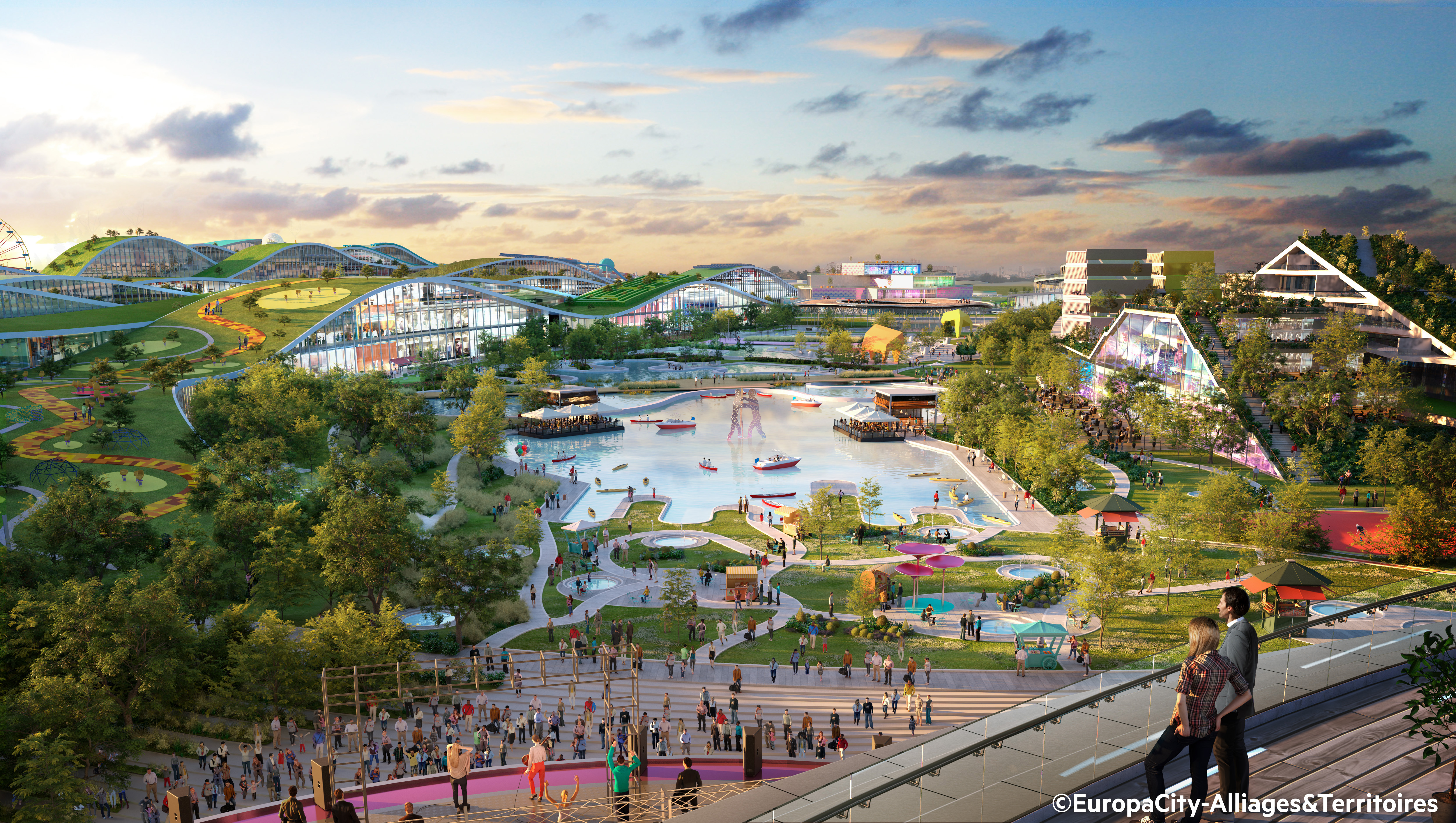Retail And Leisure Combine To Create Spaces Of Value
September 29, 2017According to Warren Buffett, traditional retail is dead. The billionaire investor also believes that, in 10 years, the retail industry will look nothing like it does now. Department stores are already online, and changes in the way people spend their money make them an increasingly elusive target for retailers. Indeed, in the U.S. alone, retailers have been closing stores and filing for bankruptcy at rates not seen since the recession.
I absolutely agree with Mr. Buffet. Traditional retail is evolving, and the concept of the physical department store is being overshadowed by the convenience, pricing, and virtually unlimited stock of the online department store.
However, we need to remember this doesn’t herald the end of the retail space but rather retail as we’ve come to know it, as a streamlined product-pushing of mass consumption and mass marketing.
The physical retail experience needs rethinking, redesigning, and reapplying so that it can be recreated as a place that motivates visits. As a means of driving that innovation, some retailers are turning to leisure and its tradition of creating spaces designed to attract and retain people. More time spent equals more traffic equals more sales.
From Space To Destination
Simply adding a space containing something that’s intended as good fun for kids is a superficial, simplified approach to integrating leisure in the retail space. Many malls and larger stores around the world have established the dreaded “fun zone,” which, in reality, is devoid of fun and often boasts just a few visitors or an occasional mall employee.
For anyone who wants to supersede the me-too solutions, the ambition has to be there to make their retail space a destination. People will gladly get on the road to get to this destination and, when they arrive, gladly stay there for longer than the time it takes them to pick up items on their shopping list.
If a retail destination is really well created, it becomes something to return to and talk about with others. Ultimately, it will have the power to make people change their routes or their plans so they could stop by. Before you know it, it has become a valuable space to your customers, your business, and every store within the retail space. Having this space provides tangible, measurable value, as it attracts and sets the positive mood for customers.
Going Beyond The Grocery Store
The concept of valuable space is well showcased by Market Bistro in Latham, New York. As part of its expansion, the grocery store went above and beyond the typical layout and experience, and created a space that incorporates a colourful palate of new ideas designed to stimulate the five senses.
Here you will find organic tomatoes grown on the vine in produce; a growler station dispensing fresh craft beers; an Italian market offering fresh pasta, sausages, ethnic deli meats and salads; hand-dipped chocolates; in-house smoked meats; and a cooking school offering midday and evening classes among other interesting options.
The space also includes a full-service restaurant and collection of 14 fresh, made-to-order fast casual dining concepts that offer signature twists on popular items from the country’s most famous food landmarks. The main seating area is enhanced by soft pastel lighting and an attractive tree sculpture, which lend privacy and a park-like atmosphere.
Designing Valuable Spaces
To design truly great experience for your customers, you’ll need to build your thinking around them and their world, rather than thinking sales first, experience second. You’ll have to ask yourself what exactly makes your space more than an interesting, memorable place. What makes it an unforgettable, valuable space created for people, not just customers picking up products.
To understand people’s values, you’ll have to know who they are. To many, the obvious choice is to focus on the family as we think of it traditionally—mum, dad, 2.1 children, or whatever is the average in your country.
However, this common perception may leave you oblivious to other family types, such as single parents, blended families, and what I call “extra parents”—grandparents, uncles, and so on. They are grown-ups who temporarily take care of the children, sometimes for just a few hours.
Then there are all the others such as singles, seniors, and adults with no children living at home. When working with themed or brand spaces, I want to go beyond thinking of the visitors as the often-rather-superficial concept of “family” and define the most relevant, particular groups for the space in question. They may be specific types of families or friends of all ages, and their characteristics, interests, and values define them not as targets, but as people with hopes, dreams, and values.
I would like to suggest that you do the same exercise. Define the groups that are relevant to you, along with their characteristics and values. You may find that what you had in mind when planning to add value to your space may very much differ from the values that your groups hold dear. Your insight will help you define what “valuable space” means to both your customers and your business. Subsequently, your definition will provide you with a conceptual framework to design something that will make your retail space a retail destination and a genuine, valuable space.


